What is self-publishing?
Self-publishing is a route that many authors are now taking to publish their stories. It has led to the success of many authors and it is changing the book and traditional publishing industry as a whole. The major printing houses are pickier than ever about the titles that they are willing to print. Now, you no longer need one of the big publishing companies to publish your book, self-published authors are actively turning down offers from publishing companies.
Self-publishing allows you to keep control over a lot of important things to ensure that your book comes out the way that you vision it. It is the act of independently publishing your book on a platform like Amazon, without having to use a traditional printing house. Self-publishing is a lot of work, but when it is done well it can surely offer you promising opportunities.
Self-Publishing vs. Traditional Publishing
Traditional Publishing is the established system of getting a book deal, which involves submission agents over a period of time. It usually involves a lot of rejections and then potentially being accepted. The agent then submits the manuscript to publishers, the book will go through rounds edits and eventually be published.
Trying to get your book published by a trade publisher can be a very difficult process, trade publishers are often reluctant to publish a book outside of their accustomed markets, and any books that might compete directly with titles in their existing lists.
Traditional publishing is an incredibly slow process, it might take about a year or two to get an agent, another year for a publishing deal, then likely about 6 months to 2.5 years before your book is launched. When it comes to self-publishing, once your book is ready to be published you can upload it onto Amazon, Kobo, iBook’s, Draft2digital, Smashwords, or any other platforms and have your book for sale in 4-72 hours, and accept your first paycheque in 60 days.
Another benefit of self-publishing is that you get to keep control over your book’s content and design, wherein traditional publishing authors may get titles, covers, and marketing angles that they’re not happy with. Other things to be aware of when it comes to traditional publishing, is that it generally has lower royalty rates, averagely ranging between 7-25%. If you are self-publishing on Amazon if you price your book between 2.99 and 9.99 you can get a 70% royalty.
There is also a lack of significant marketing help and potentially prohibitive contract clauses involved in traditional publishing. When it comes to self-publishing, you can sell by any means in any global market, as long as you retain the rights.
By Mardi Roback
